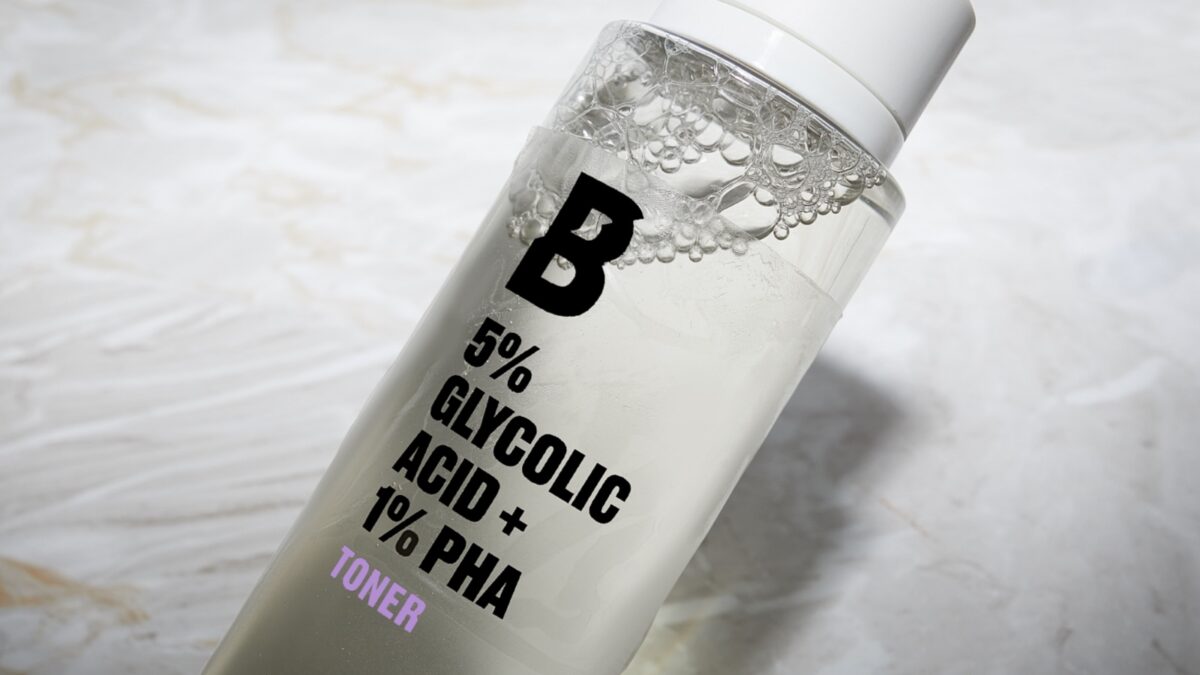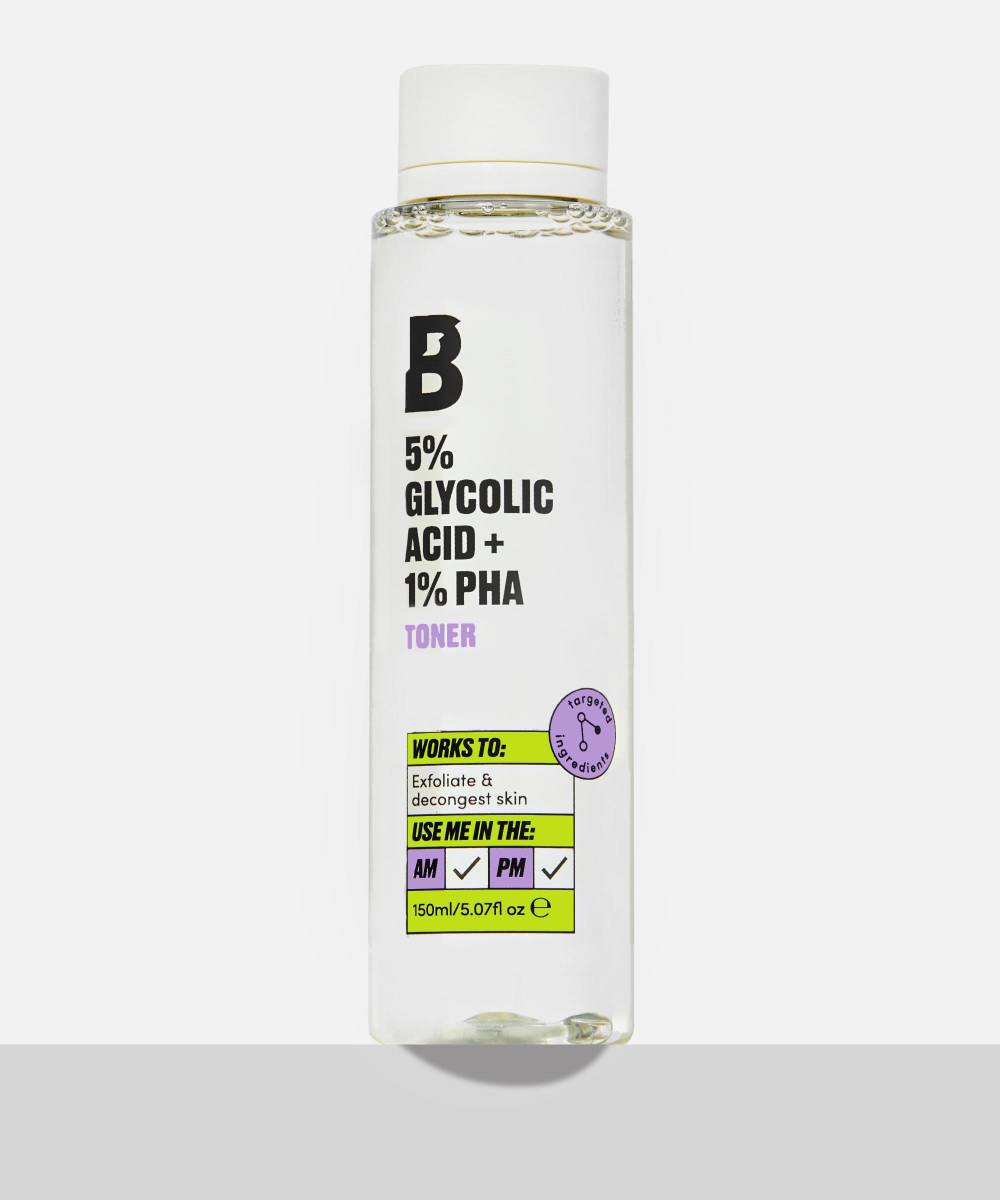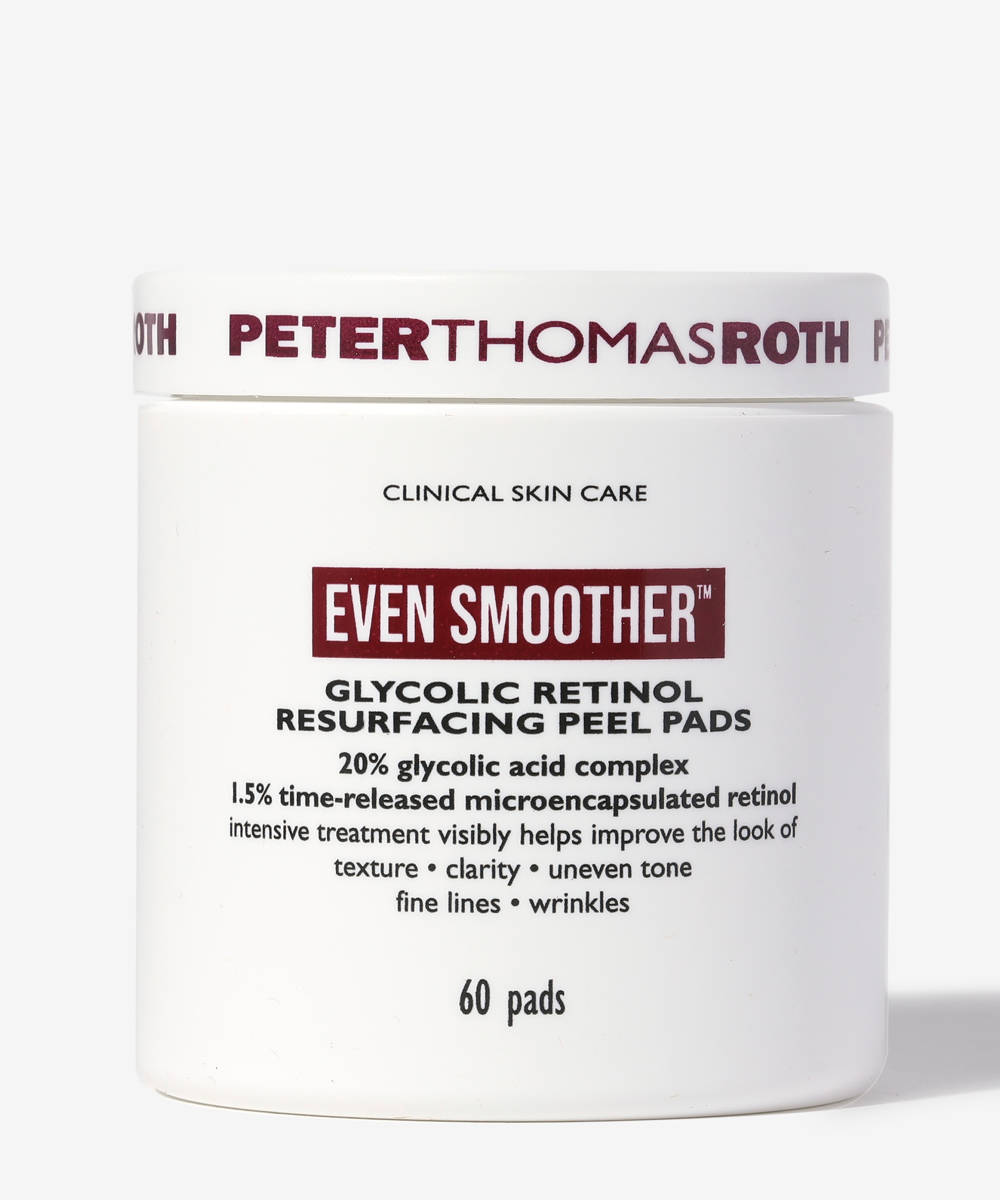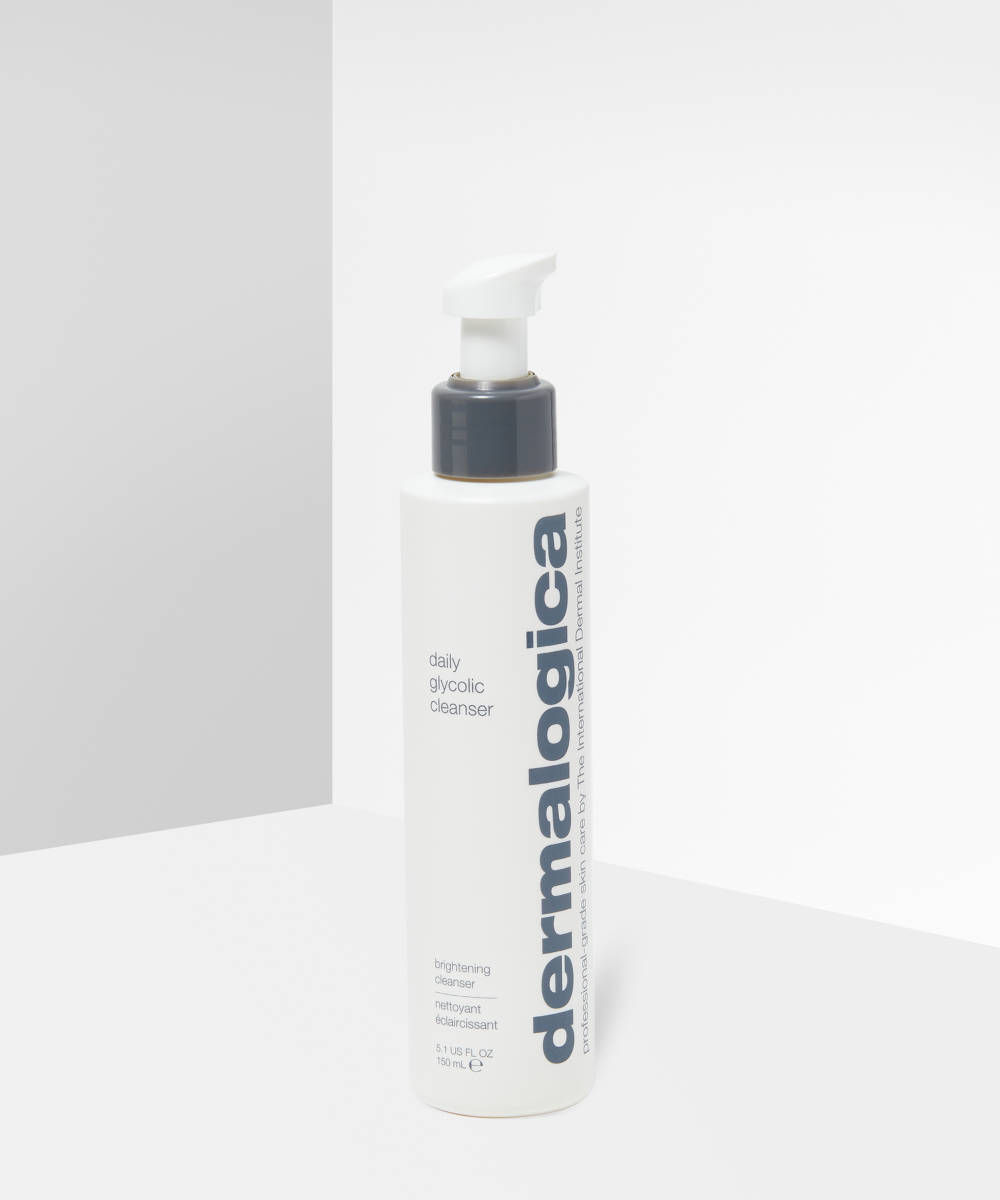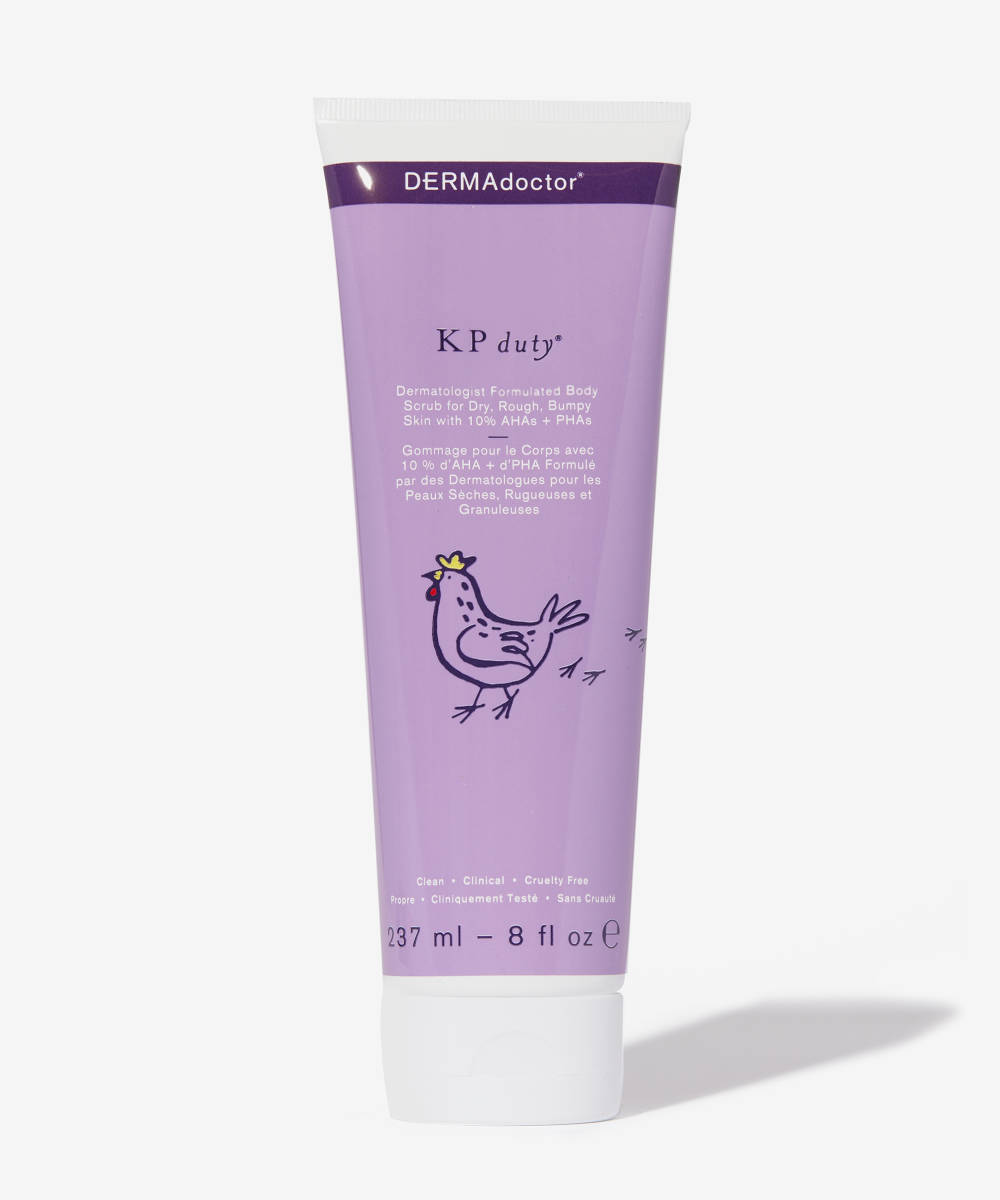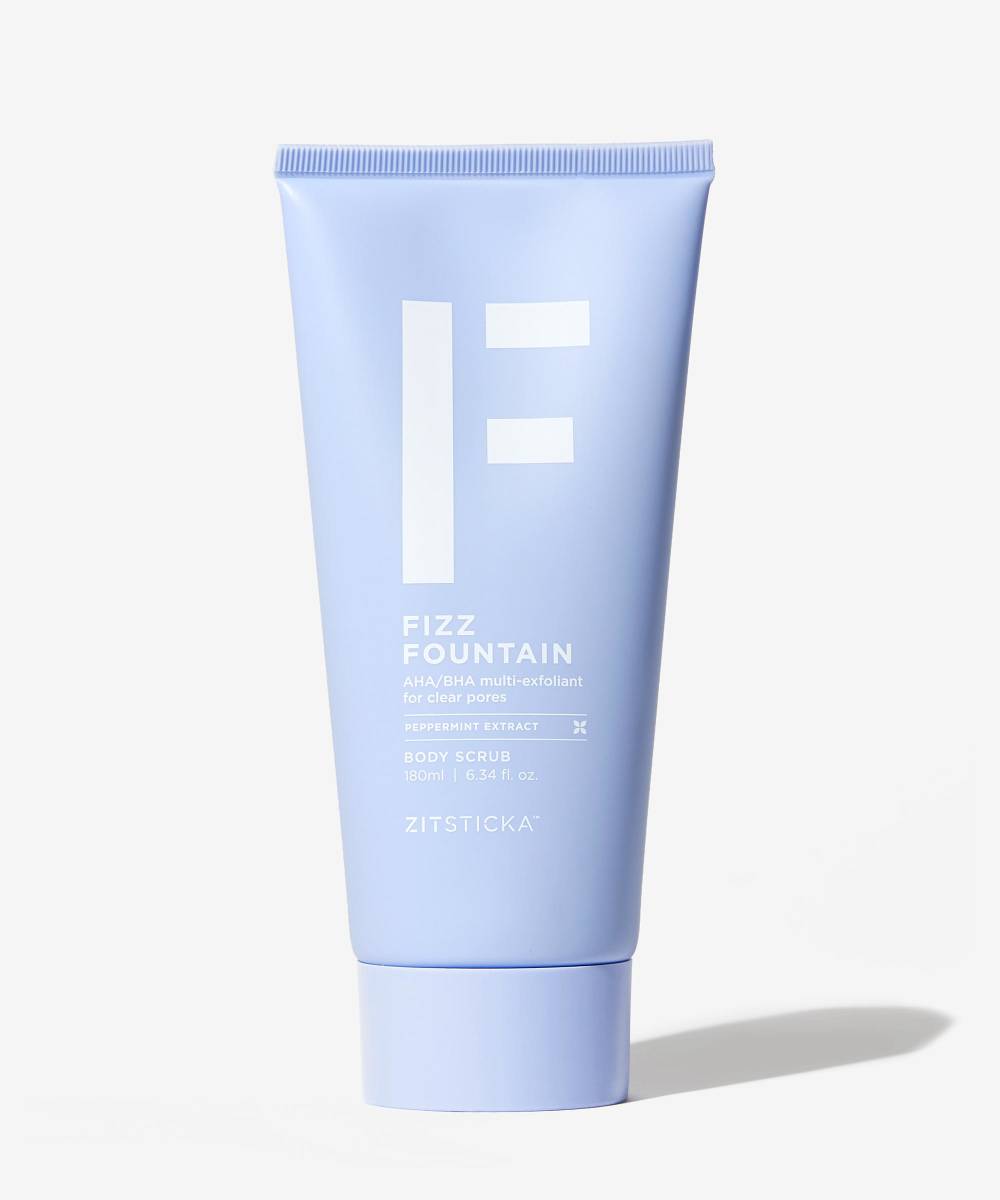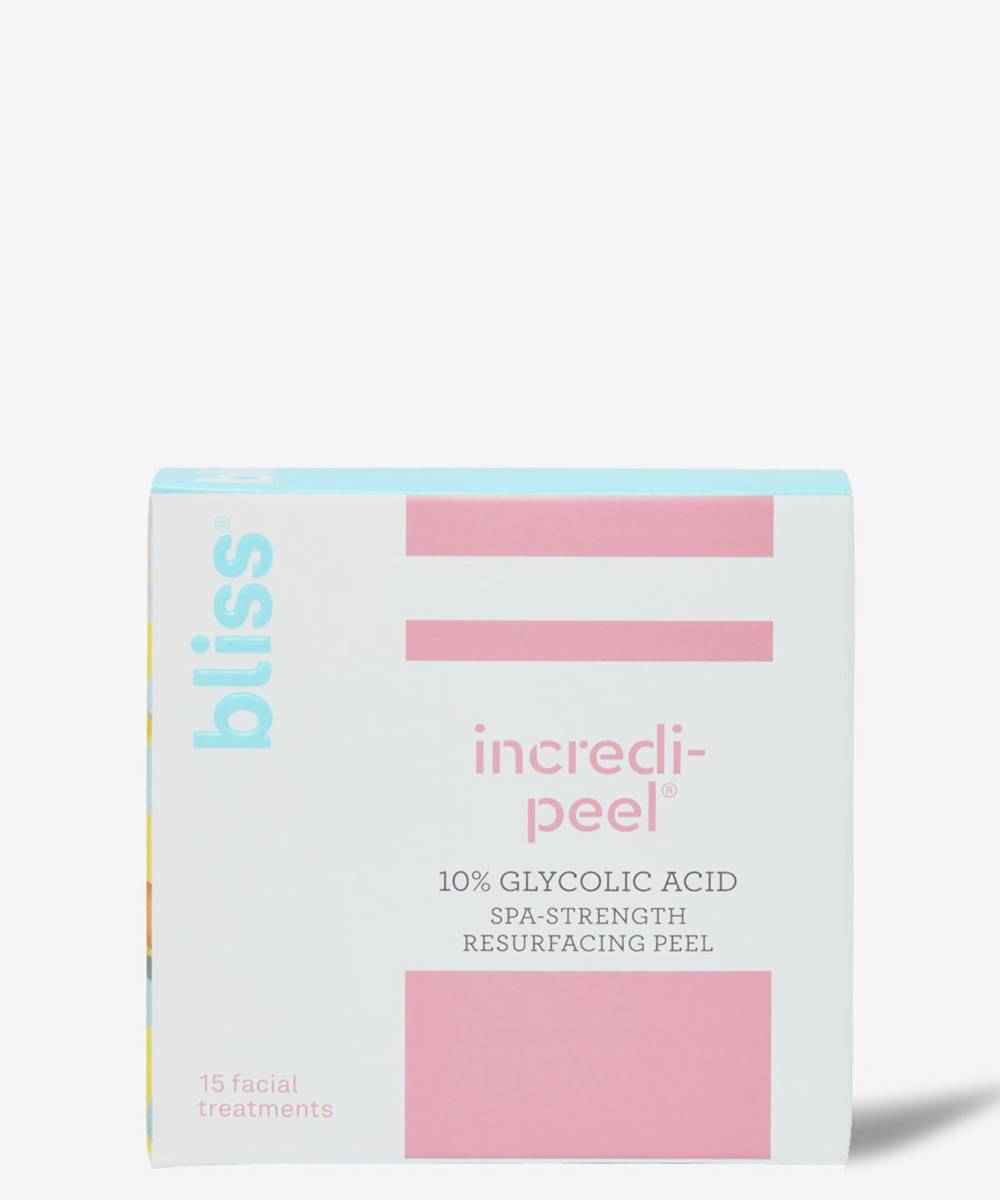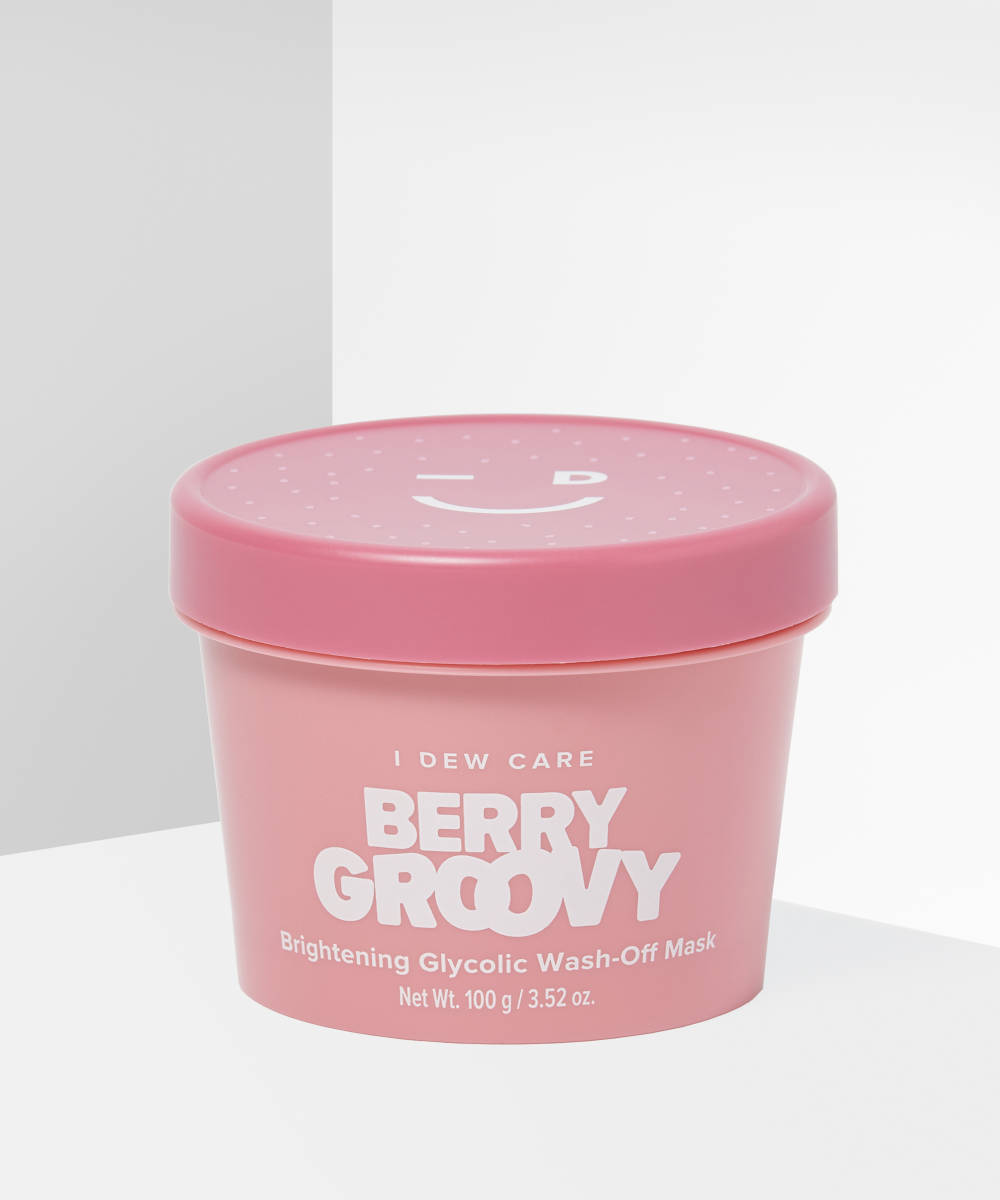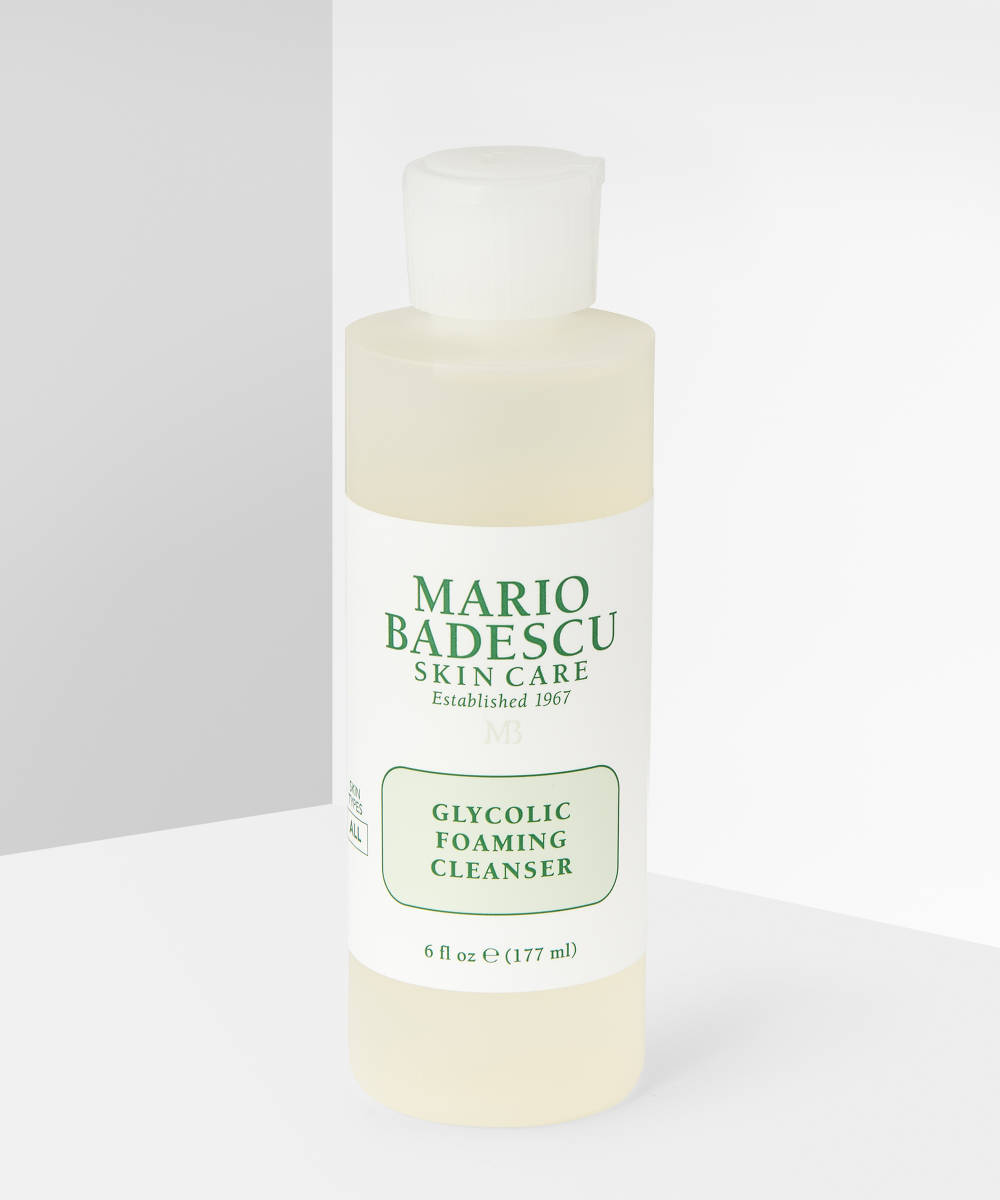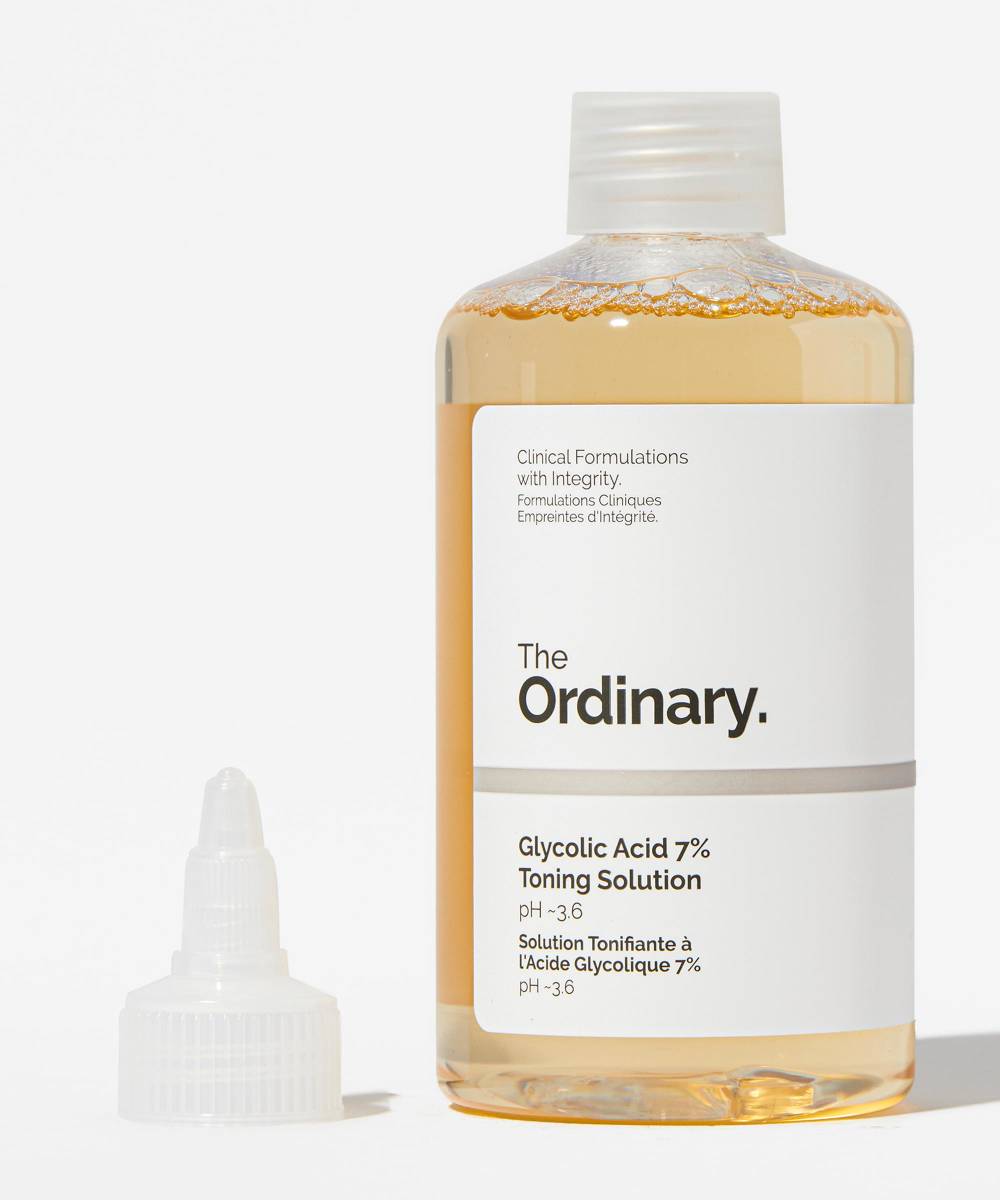It’s one of our favourite ingredients for smoothing and brightening skin, keeping pores clear, and fading pigmentation, but there are actually even more uses to glycolic acid than you might think… Glycolic acid is a mild chemical exfoliant known as an alpha hydroxy acid (AHA), which works by dissolving the bonds that hold dead skin cells together. This means it removes dead, dry skin cells and replaces them with fresh, new skin cells – and therefore has benefits for multiple skin types and concerns. In facial skincare, it’s commonly found in toners, serums, and exfoliating face washes, but it can be a great addition to your beauty routine below the neck as well.
Just remember, because glycolic acid exfoliates your skin, it will increase its sensitivity. This means it’s essential to wear SPF, and you should also avoid using other active ingredients like retinoids and vitamin C. Instead, focus on soothing and hydrating your skin.
Read on to discover six new ways and unexpected to use glycolic acid.
1. It removes fake tan
Whether you’ve experienced a fake tanning disaster or want to speedily remove the patchy remnants of last week’s tan, glycolic acid is ideal for fake tan removal. It works by exfoliating the top layer of skin, and since this is where fake tan sits, it’ll remove the colour as it buffs the dead skin cells from the surface. You’ll actually find glycolic acid in many fake tan removers, but you can use a regular glycolic acid toner or exfoliating pads to remove tan too.
2. It treats keratosis pilaris
Keratosis pilaris or ‘KP’ (the rough, bumpy, ‘chicken skin’ many people find on the backs of their arms) is a genetic condition – so it’s impossible to permanently cure. However, glycolic acid will help to temporarily reduce the symptoms. Since KP is caused by hair follicles overproducing (and becoming clogged by) keratin, glycolic acid will help to smooth away the rough skin and clear the keratin buildup. Again, you can use a glycolic acid toner for this, but you’ll find the ingredient in body washes and scrubs as well.
3. It prevents ingrown hairs
If dead skin clogs a hair follicle, new hair growth is forced sideways instead of growing directly out of the pore, leading to the painful bumps we know as ingrown hairs. To prevent future ingrown hairs and remove existing bumps, it’s important to use exfoliate before and after shaving to shed the buildup of dead skin cells that trap the hairs. A glycolic acid toner will provide a more effective but also more gentle exfoliation than a scrub.
4. It functions as deodorant
Body odour is caused by bacteria breaking down the proteins in your sweat, but bacteria can only thrive at a certain pH level. Acids lower the skin’s pH to a point where bacteria can no longer survive, so although it can’t stop you from sweating, it can help to prevent BO.
5. it softens dry, scaly skin
Exfoliation and hydration go hand-in-hand, and glycolic acid is a humectant, which means it has the ability to pull moisture into the skin and retain it. Look out for moisturisers that include glycolic acid, or swipe a glycolic acid-soaked cotton pad over dry skin before moisturising to smooth patches of dry, scaly skin or soften cracked heels and elbows.
6. It clears a flaky scalp
Just as glycolic acid helps with dry skin on your face and body, it can have the same effect if you experience dryness on your scalp too. You’ll notice that glycolic acid is often used in scalp treatments and anti-dandruff shampoos, but you can also apply a concentrated glycolic acid solution to your scalp too. Let it sit for 30 minutes the rinse out and follow with your usual shampooing routine.
